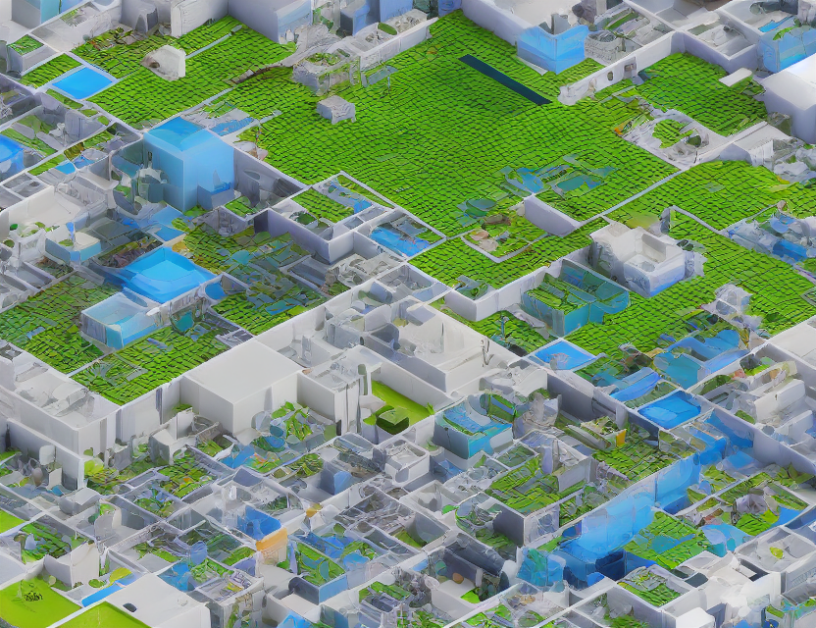In this article, the authors propose a novel approach to domain adaptation called Micro-level Distribution Alignment (MLDA). The goal is to improve the performance of machine learning models in unseen domains by aligning the distribution of features across different domains at a micro level. This is achieved by employing multiple experts, each specializing in a different domain, and leveraging their predictions to construct a surrogate distribution that captures the underlying semantics.
The authors begin by highlighting the limitations of traditional category-level alignment methods, which focus solely on enforcing invariance across domains based on ground truth labels. They argue that this approach can compromise classification accuracy as it emphasizes invariant yet less significant features. Instead, MLDA aims to establish micro-level variance based on experts’ predicting semantics, ensuring that the acquired features are more generalizable and robust across different domains.
To implement MLDA, the authors propose an element-wise summation of the acquired features and the semantics, resulting in a surrogate distribution that encodes both the semantic and domain-specific information. The optimization is achieved through cross-entropy loss between the outputs in the first layer, enabling the selection of experts based on their ability to predict the correct class label.
The authors demonstrate the effectiveness of MLDA through experiments on several benchmark datasets, showcasing improved performance compared to state-of-the-art methods. They also analyze the contributions of different components in the proposed framework, providing insights into the role of each component in enhancing domain adaptation.
In conclusion, MLDA offers a novel approach to domain adaptation by aligning the distribution of features across domains at a micro level. By leveraging multiple experts specializing in different domains and combining their predictions, MLDA ensures that acquired features are more generalizable and robust, leading to improved performance in unseen domains. This work has significant implications for a wide range of applications, including image classification, object detection, and natural language processing.
Computer Science, Computer Vision and Pattern Recognition
Deep Domain Adaptation for Semantic Segmentation via Micro-level Distributions.



